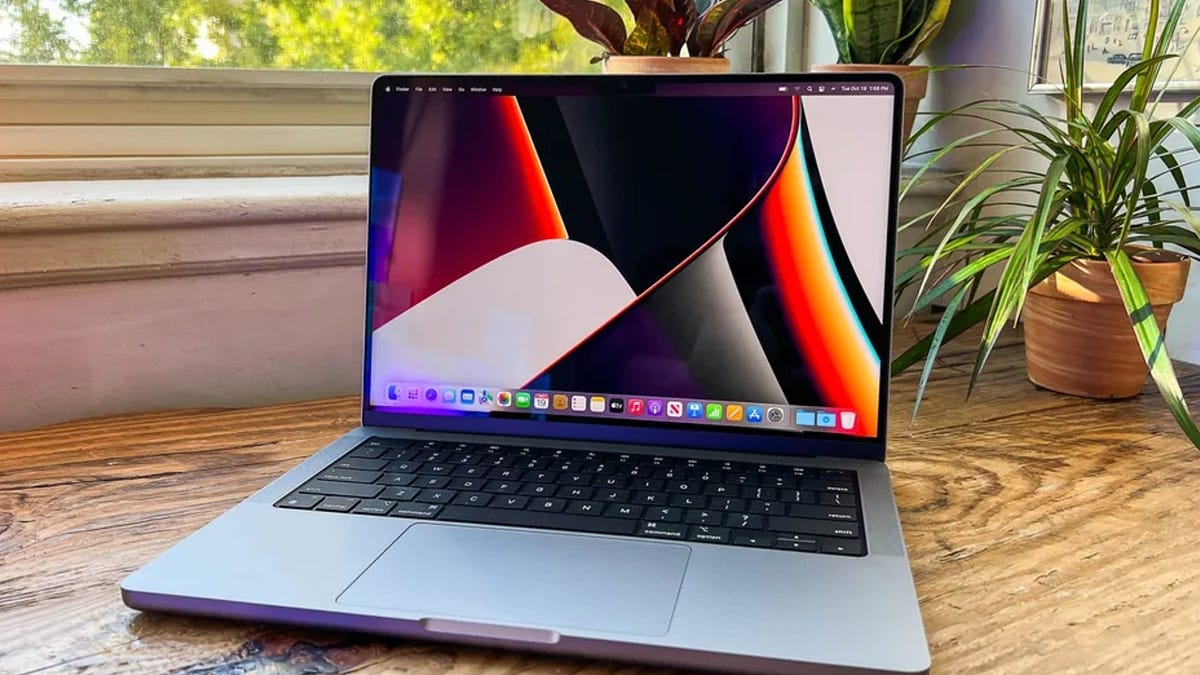HP ZBook Fury 17 G8 specs: CPU: Up to 11th gen Intel Core i9 | GPU: Up to Nvidia RTX A4000 | RAM: Up to 64GB | Storage: Up to 1TB SSD | Display: FHD or 4K
The ZBook is HP’s mobile workstation range, but there are several models within the range that are specifically designed for particular tasks and applications. The ZBook Fury — recently updated with this 8th generation (G8) model — is a top-of-the-range option, suitable for 3D graphics and visualization, game development, and 4K video editing.
HP’s website provides an almost dazzlingly wide range of customization options, including both 15.6-inch and 17.3-inch displays, but if you’re aiming for no-compromise performance then it makes sense to opt for the 17-inch model that we review here. It’s a bit of a beast, measuring 27mm thick, but it packs all the power of a high-end desktop graphics workstation.
There’s an entry-level model with i5 processor, integrated graphics, and 1080p display, but serious graphics and video work will require a few upgrades. You can expect to step up in price for a more powerful model with an 11th gen i7-11800H, Nvidia RTX A2000, full 4K display, 16GB memory, and 256GB solid-state storage.
And, as mentioned, there’s a wide range of further upgrades also available, including i9 and Xeon processors, and up to RTX A5000 graphics. The high-quality display doesn’t cut any corners either, providing HDR400, 120Hz refresh rate for clear, sharp graphics for game developers, and DCI-P3 color for video editing.
“As a marketing expert with a focus on graphic design, I’ve found the HP ZBook Fury 17 G8 to be a standout choice,” says Kevin Groh who serves as the Director of Content Marketing at Streamline Health. “This laptop is a powerhouse, designed to handle complex graphic design tasks with ease.”
“Whether you’re working on 3D graphics or 4K video editing, the ZBook Fury 17 G8 delivers high-end performance,” Groh adds. “The 4K display, 16GB memory, and 256GB solid-state storage are all top-tier features that make this laptop a great tool for graphic design.”

